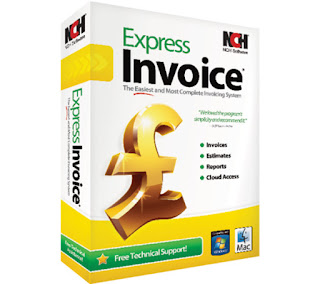

In this part of the series, you configured the user interface of the invoicing application using concepts from Vue.Ĭontinue your learning with How To Build a Lightweight Invoicing App with Vue and Node: JWT Authentication and Sending Invoices.

The details from the quote, order, or draft will then be. Select the quote, order, or draft from the window that appears by selecting it in the list and clicking the Select button.

Click it to select an existing quote, order or draft invoice. When you go to the /dashboard, click the View Invoices option on the Navigation to see a listing of invoices and payment status. In Invoice section of the window in the upper right corner, there is a drop menu labeled Create From. Click inside the item list to add a new item, or select an existing item, and update the quantity. This is the list of items on the invoice. However, when editing an invoice, the number cannot be changed. The Express Invoice Professional app offers a simple, intuitive user interface that makes creating and tracking invoices a quick and easy process. When the component is mounted, a GET request is made to the backend server to fetch the list of invoices created by the user which are then displayed using the template that was shown earlier. This number is automatically generated by Express Invoice, but can be changed when creating a new invoice. The user details are obtained from the route parameters. The ViewInvoices component has its data properties as an array of invoices and the user details. In your terminal window, use the following command: This introduces a common practice of separating server and client. Note: You should be able to place this new project directory next to invoicing-app directory you created in the previous tutorial.


 0 kommentar(er)
0 kommentar(er)
